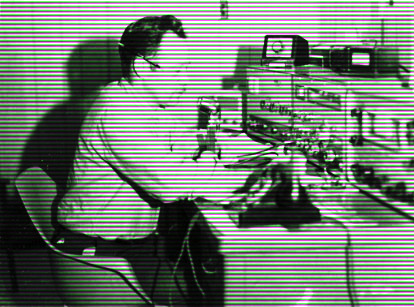
<< radio home
<< index
by disinfoniacs #69 & #1
>>>>
Ham radio operators can use mobile stations, which are portable and can be operated from anywhere, or base stations, which are set up in a fixed location, such as the operator's home.

The power and wiring are critical components of any ham radio station, as they determine its ability to operate safely and efficiently. To operate a station, you need to power it and connect it appropriately. For example, if you are using a typical 50-watt output mobile FM transceiver, you would need a power supply rated at 13.8 volts and 12 amperes.
The wiring and cables used in ham radio stations can have a significant impact on both electrical safety and the quality of the signal. To minimize voltage drop and improve electrical safety, short, heavy-gauge wires are typically used for the DC power connection of a transceiver. Longer wires can act like antennas and pick up stray signals, which can cause interference.
The length of time that a ham radio station can be powered by a battery depends on the average current draw of the equipment and the battery's ampere-hour rating. To calculate the amount of time that a station can be powered from a battery, you would divide the battery's ampere-hour rating by the average current draw of the equipment.
Sources of noise and distortion are abundant in the environment and can interfere with ham radio signals. For example, even a laptop or air conditioner can cause interference. To minimize these effects, the negative return connection of a mobile transceiver's power cable should be connected to the battery or the engine block ground strap. By using a flat strap, you can provide the lowest impedance to RF signals, which will improve signal quality and reduce the impact of interference.
<< previous lesson | next lesson >>
---
<< radio home
<< index
